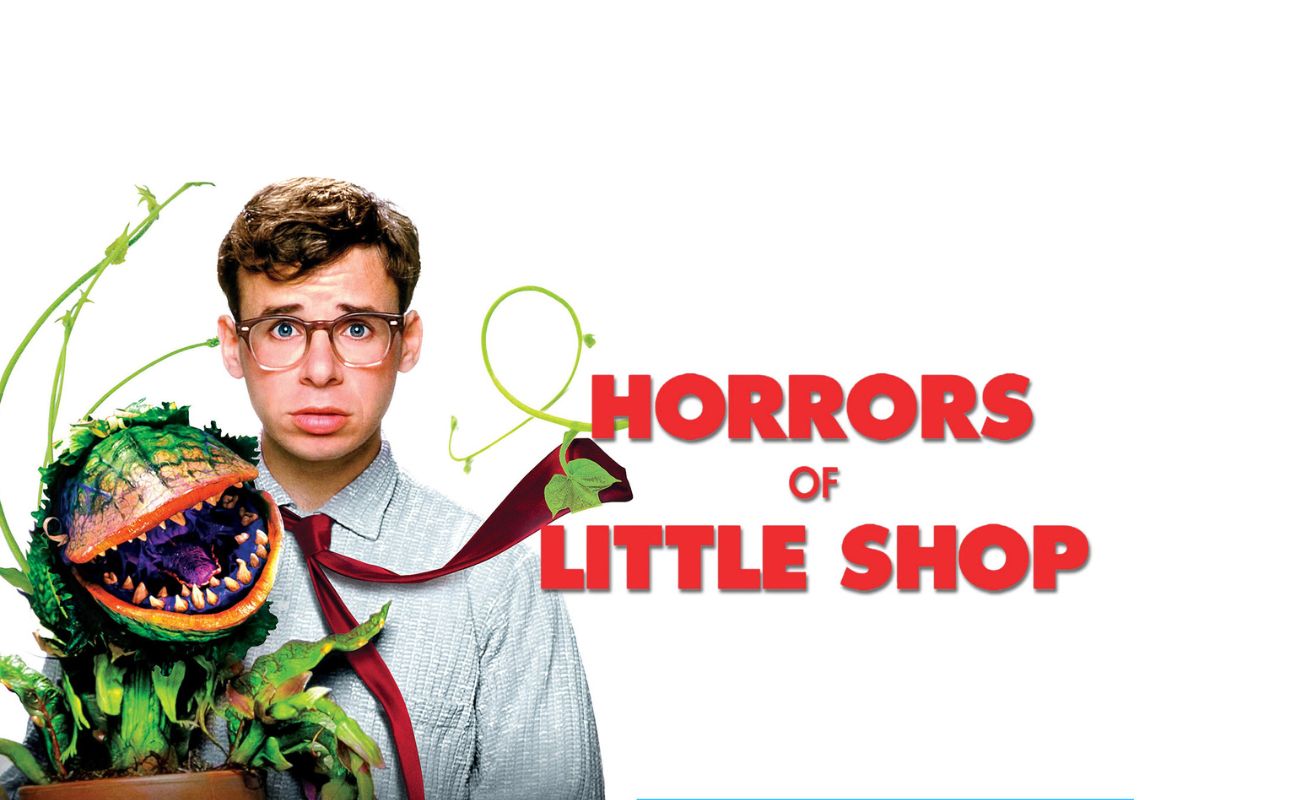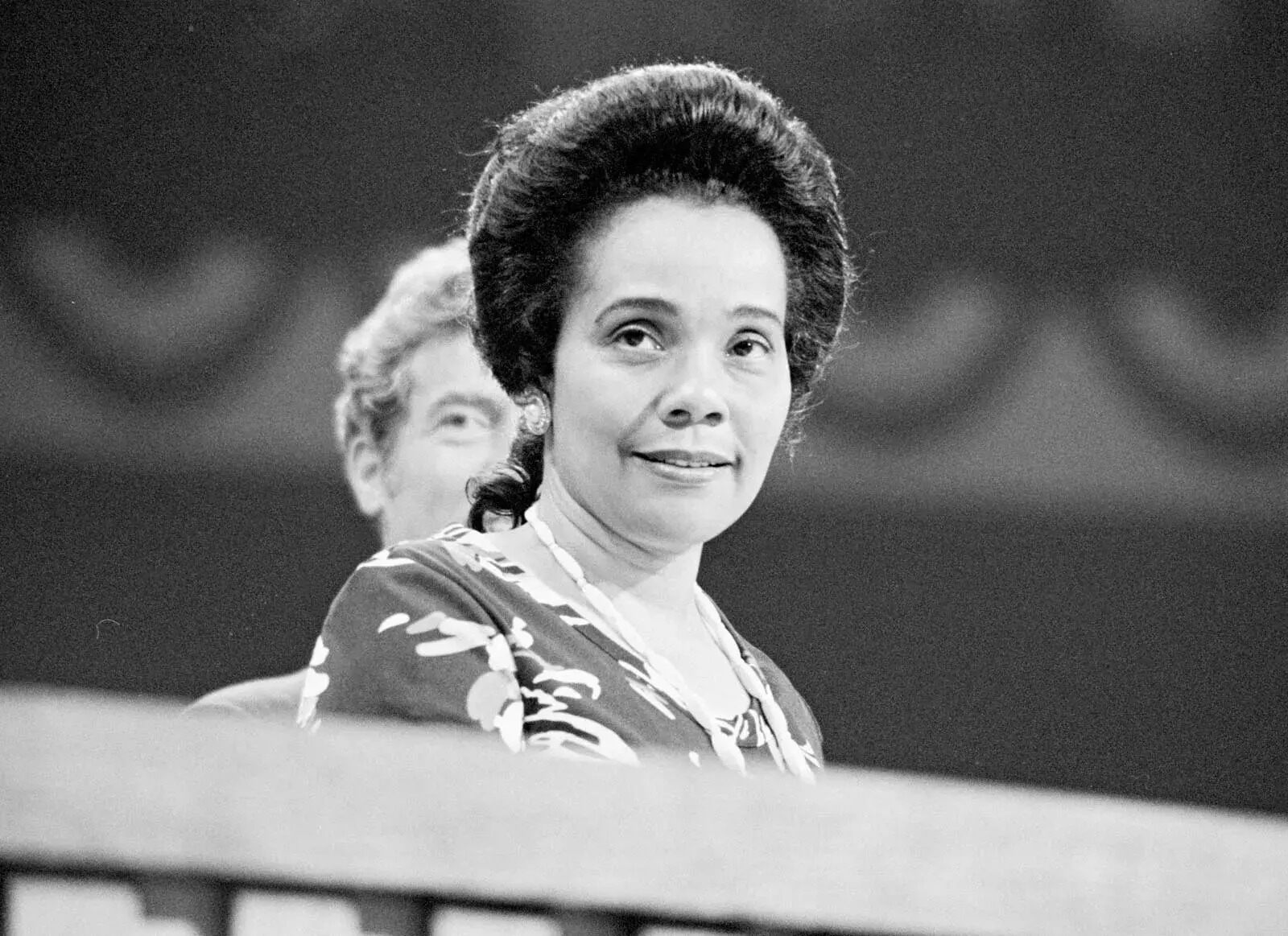
Released in 1986, “The Little Shop of Horrors” is a cult classic musical comedy that has captured the hearts of audiences for decades. Directed by Frank Oz and based on the off-Broadway musical of the same name, the film tells the story of a meek floral shop assistant named Seymour Krelborn who discovers a mysterious and bloodthirsty plant, named Audrey II, that changes his life forever.
With its memorable songs, engaging storyline, and stellar cast, including Rick Moranis, Ellen Greene, and Steve Martin, “The Little Shop of Horrors” has become an iconic part of cinematic history. However, there are plenty of fascinating facts about this beloved movie that even the most dedicated fans might not be aware of. From behind-the-scenes tidbits to surprising connections, this article will delve into 31 facts about “The Little Shop of Horrors” that will surely deepen your appreciation for this delightful and quirky film.
Key Takeaways:
- The Little Shop of Horrors started as a serious horror film but became a cult classic dark comedy, inspiring a successful stage musical and a star-studded 1986 film adaptation.
- With its catchy songs, memorable characters, and unique blend of horror and comedy, The Little Shop of Horrors continues to captivate audiences and inspire various adaptations, making it a timeless favorite.
The Little Shop of Horrors originated as a low-budget horror comedy film.
The movie, released in 1960, was directed by Roger Corman and quickly gained a cult following.
It was shot in just two days.
Due to its limited budget and tight schedule, The Little Shop of Horrors was famously filmed in a record-breaking two days.
The film was initially intended to be serious.
Despite its eventual success as a dark comedy, The Little Shop of Horrors was originally meant to be a straight horror film.
The DVD release features a colorized version of the film.
In 2009, a colorized version of The Little Shop of Horrors was released on DVD, offering fans a new visual experience.
The movie was turned into a stage musical.
In 1982, The Little Shop of Horrors was adapted into a successful off-Broadway musical, which eventually made its way to Broadway.
The musical adaptation received critical acclaim.
The stage musical of The Little Shop of Horrors received positive reviews and numerous awards, including the New York Drama Critics’ Circle Award for Best Musical.
Frank Oz directed the 1986 film adaptation of the musical.
The Little Shop of Horrors was brought to the big screen again in 1986, with Frank Oz at the helm as the director.
It stars Rick Moranis and Ellen Greene.
Rick Moranis portrays Seymour Krelborn, the protagonist who discovers the man-eating plant, while Ellen Greene plays Audrey, Seymour’s love interest.
The film features a memorable soundtrack.
The Little Shop of Horrors is known for its catchy musical numbers, including “Suddenly, Seymour” and “Feed Me.
Jim Belushi makes a cameo appearance.
Comedian and actor Jim Belushi appears in a small role as the character Patrick Martin.
The man-eating plant is named Audrey II.
Audrey II, the mysterious and carnivorous plant, takes on a life of its own in the film, becoming a central character.
The plant was operated by puppeteer Martin P. Robinson.
Martin P. Robinson, who is known for his work on Sesame Street, brought Audrey II to life with his impressive puppeteering skills.
The Little Shop of Horrors has a dark and comedic tone.
The film blends elements of horror and comedy, creating a unique and entertaining viewing experience.
It has gained a significant cult following.
Over the years, The Little Shop of Horrors has garnered a dedicated fan base who appreciate its quirky humor and memorable characters.
Steve Martin delivers a standout performance as Orin Scrivello, DDS.
Comedian Steve Martin portrays the sadistic dentist Orin Scrivello in a scene-stealing performance.
The film features appearances by cameo actors Jack Nicholson and Dick Miller.
Notable actors Jack Nicholson and Dick Miller both make brief cameos in The Little Shop of Horrors, adding to its star-studded cast.
The movie’s success led to a Saturday morning cartoon spin-off.
In 1991, an animated series called Little Shop debuted, featuring the adventures of Seymour and Audrey II.
Several different endings were filmed.
The Little Shop of Horrors had multiple alternative endings, with test audiences ultimately influencing the final version.
The film was remade for television in 2003.
A made-for-TV version of The Little Shop of Horrors, directed by Jeffrey Schwarz, premiered on the ABC network in 2003.
It has become a popular choice for community theater productions.
The Little Shop of Horrors is frequently performed by community theater groups due to its beloved characters and catchy musical numbers.
Roger Corman makes a cameo appearance in the 1986 film.
The director of the original 1960 film, Roger Corman, appears in a small role in the 1986 adaptation.
The iconic song “Suddenly, Seymour” has been covered by numerous artists.
Suddenly, Seymour” has been covered by artists such as Reba McEntire, Diana Ross, and Michael Ball, further solidifying its status as a memorable musical number.
The film’s tagline is “A different kind of motion picture.”
The Little Shop of Horrors was promoted with the tagline “A different kind of motion picture,” hinting at its unique blend of genres.
It was nominated for two Academy Awards.
The 1986 adaptation of The Little Shop of Horrors received nominations for Best Visual Effects and Best Original Song at the Academy Awards.
The movie showcases some impressive special effects.
The use of practical effects and puppetry in The Little Shop of Horrors contributed to its visual appeal.
Originally a stage play, The Little Shop of Horrors made its off-Broadway debut in 1982.
Before becoming a film, The Little Shop of Horrors gained popularity as a stage musical.
The Little Shop of Horrors inspired a video game adaptation.
In 1998, a video game based on The Little Shop of Horrors was released for the PlayStation console.
It has been praised for its dark humor and social commentary.
The Little Shop of Horrors uses its witty and macabre storyline to critique themes such as fame, greed, and the corruptibility of power.
The original ending differs from the 1986 adaptation.
Without giving away spoilers, the original ending of The Little Shop of Horrors is darker than the one featured in the 1986 film.
The film’s soundtrack album reached the top 40 on the Billboard 200 chart.
The soundtrack of The Little Shop of Horrors achieved commercial success, further cementing its popularity.
The Little Shop of Horrors continues to entertain audiences to this day.
Decades after its release, The Little Shop of Horrors remains a beloved film that captivates viewers with its blend of comedy, horror, and memorable characters.
Conclusion
In conclusion, The Little Shop of Horrors is a captivating and iconic movie that has left a lasting impact on pop culture. From its origins in a schlocky B-movie to the successful Broadway adaptation and subsequent film adaptation, this quirky musical has enchanted audiences for decades. With its memorable characters, catchy songs, and dark humor, it remains a fan favorite among theater and movie enthusiasts alike.The Little Shop of Horrors is a testament to the power of storytelling and the creativity of human imagination. Its unique blend of horror, comedy, and romance creates a captivating viewing experience that continues to resonate with audiences to this day. Whether you’re a fan of musicals, horror movies, or just enjoy a good laugh, The Little Shop of Horrors is undoubtedly worth a watch.So, grab some popcorn, turn down the lights, and get ready to be transported to the bizarre world of The Little Shop of Horrors. It’s a movie experience like no other, and one that will leave you humming along to its unforgettable tunes.
FAQs
Q: When was The Little Shop of Horrors released?
A: The original movie was released in 1960, while the musical adaptation premiered Off-Broadway in 1982. The film adaptation of the musical was released in 1986.
Q: Who directed The Little Shop of Horrors?
A: The original movie was directed by Roger Corman, while the musical adaptation was directed by Howard Ashman and Frank Oz.
Q: Is The Little Shop of Horrors a horror movie?
A: Yes, The Little Shop of Horrors can be classified as a horror movie due to its themes of a man-eating plant and the dark comedic elements.
Q: Were there any notable actors in The Little Shop of Horrors?
A: The movie and musical adaptation featured talented actors such as Jack Nicholson, Steve Martin, Rick Moranis, Ellen Greene, and Bill Murray.
Q: Are there any alternate endings to The Little Shop of Horrors?
A: Yes, the movie and musical adaptation have different endings. The movie originally had a darker ending, while the musical adaptation has a more upbeat and optimistic finale.
Q: Can I watch The Little Shop of Horrors with my family?
A: The Little Shop of Horrors is generally considered suitable for older children and adults. However, it does contain some dark themes and mild violence, so parental discretion is advised.
Q: Is The Little Shop of Horrors a remake?
A: The original movie was not a remake, but both the musical and film adaptation of the musical can be considered as remakes of the original B-movie.
Q: Are there any sequels to The Little Shop of Horrors?
A: No, there are no official sequels to The Little Shop of Horrors. However, the story has inspired various adaptations and spin-offs in different forms of media.
Was this page helpful?
Our commitment to delivering trustworthy and engaging content is at the heart of what we do. Each fact on our site is contributed by real users like you, bringing a wealth of diverse insights and information. To ensure the highest standards of accuracy and reliability, our dedicated editors meticulously review each submission. This process guarantees that the facts we share are not only fascinating but also credible. Trust in our commitment to quality and authenticity as you explore and learn with us.


